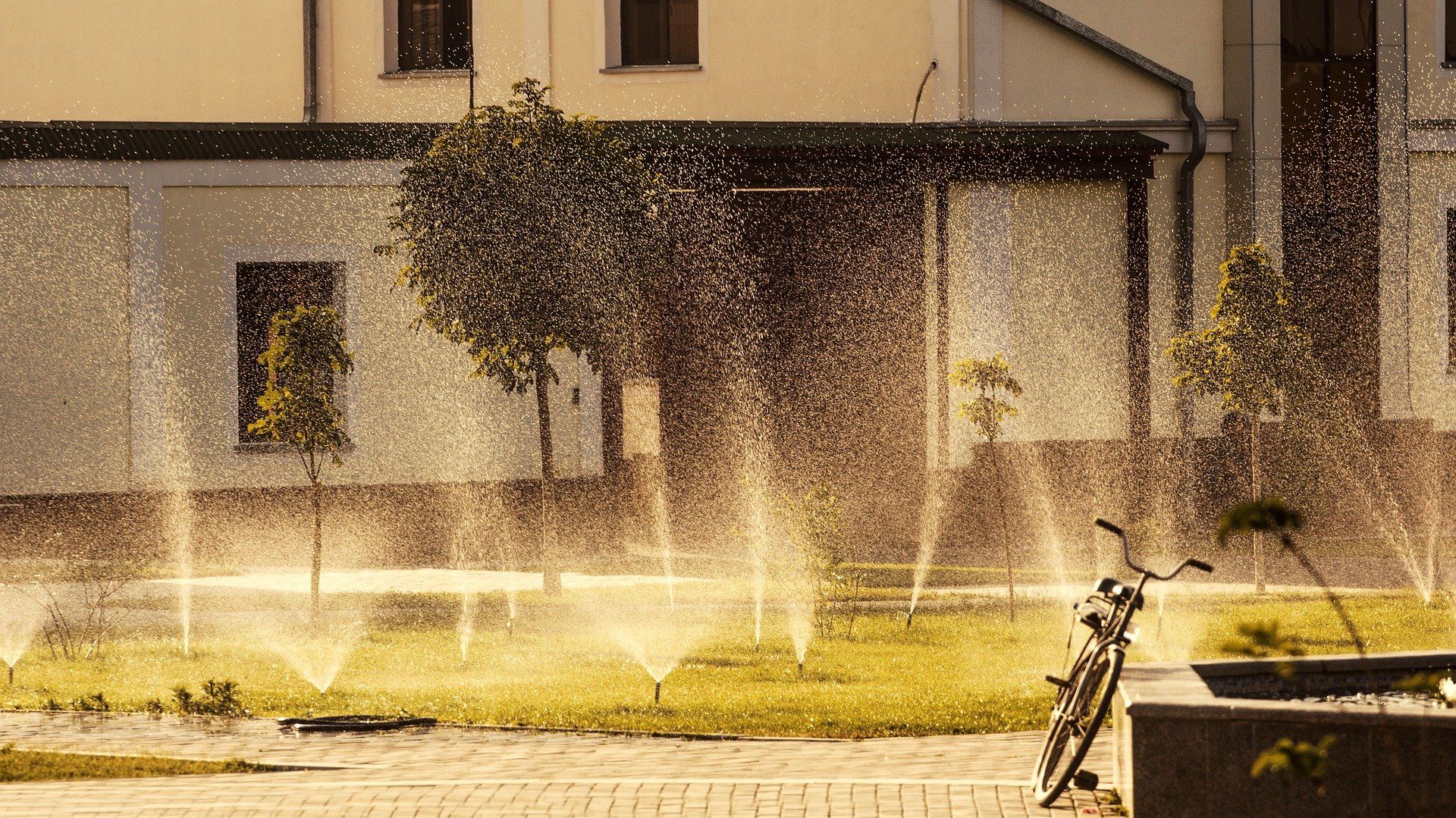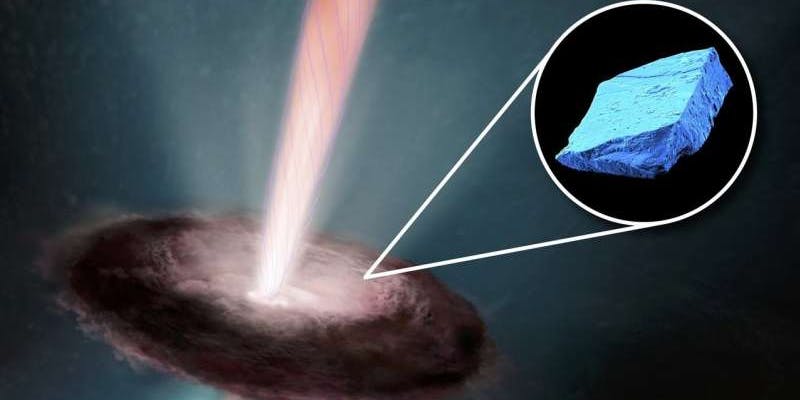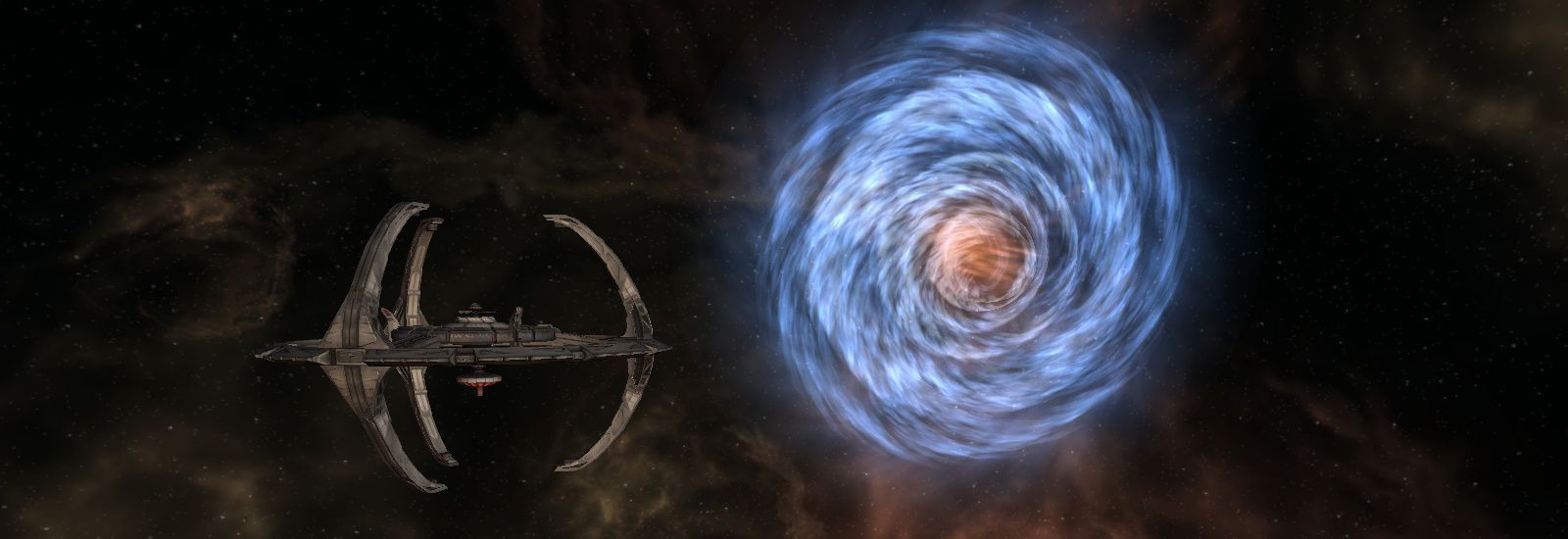The July 2018 Rejuvenation Roundup is out!
Another month, another series of great news items for healthy life extension enthusiasts! It’s hard to believe that July is already behind us and, with it, the first Lifespan.io conference in New York City; let’s take a look back and review the past month before diving into the next one.
The Rejuvenation Roundup podcast
Starting this month, the Rejuvenation Roundup is available as a podcast! For this great initiative, we owe our thanks to Ryan O’Shea, the man behind Future Grind—a podcast discussing all things future. Our Vice President Oliver Medvedik has already had the honor to be featured in a previous podcast about life extension, but all the topics that Ryan deals with are absolutely exciting, so we highly recommend checking out the other episodes as well!








